

CarExpert.com.au
The CarExpert team's favourite cars of 2025
3 Days Ago

News Editor
The next generation of the mid-sized Haval H6 SUV will have more power and possibly all-wheel drive when it arrives here this year.
Technical details of the new Australian-market Haval H6, due here before mid-year, have been revealed on the Australian Government’s Road Vehicle Certification System (RVCS) database.
Like the current car, it’ll pack a turbocharged 2.0-litre four-cylinder engine and a dual-clutch automatic transmission.
It’s now a seven-speed instead of six-speed unit, while the turbo four produces 150kW of power at 6300rpm instead of 145kW of power at 5200rpm.
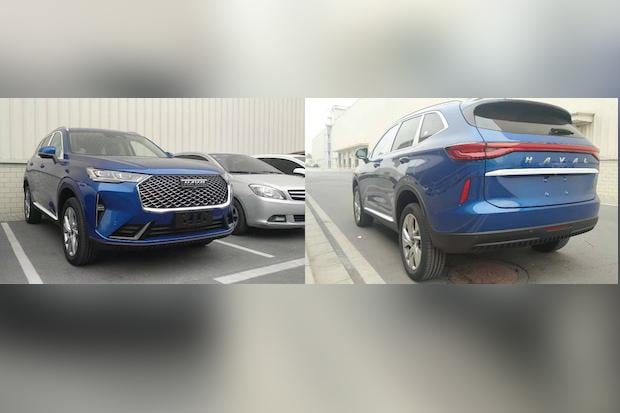
The database entry also lists an all-wheel drive variant in contrast to the current car, which is only available with front-wheel drive.
However, RVCS entries can sometimes include powertrain options that don’t get introduced here. The entry for the current H6, for example, lists all-wheel drive as an option.
Tare mass has decreased with the front-wheel drive H6 now listed at 1555kg, down from 1715kg.
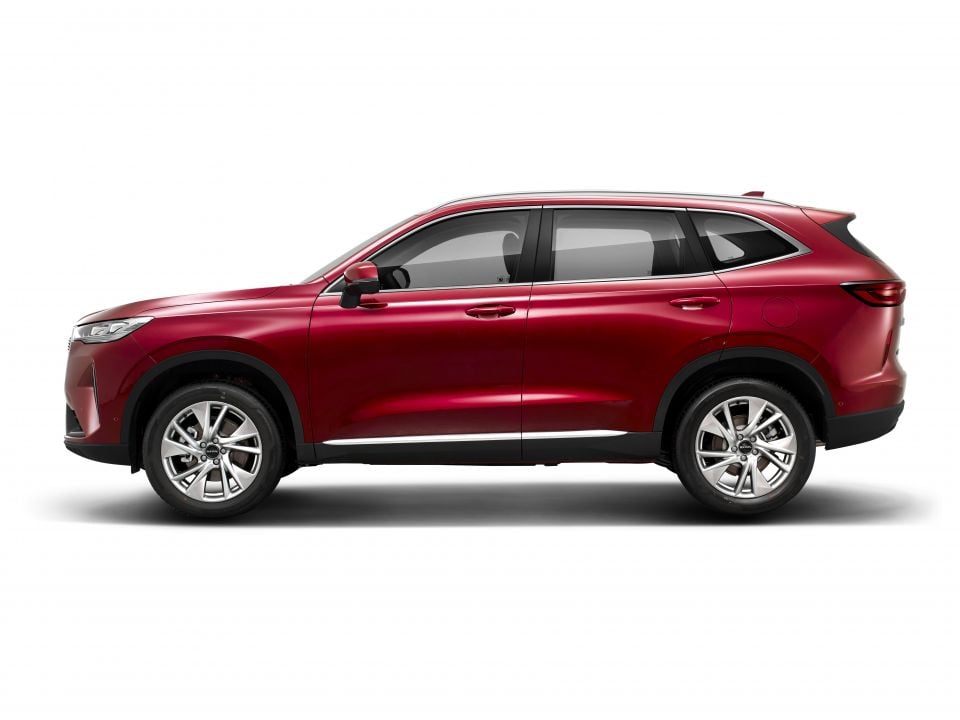
Though it’s lighter, the H6 has grown in every dimension. It measures 4653mm long, 1886mm wide and 1724mm tall, with a 2738mm wheelbase.
The current car is 4549mm long, 1835mm wide and 1700mm tall on a 2720mm wheelbase.
The new car uses Great Wall Motors’ new LEMON platform, which stands for Lightweight, Electrification, Multi-purpose, Omni-protection and Network and supports everything from light crossovers up to large crossovers as well as sedans and MPVs.

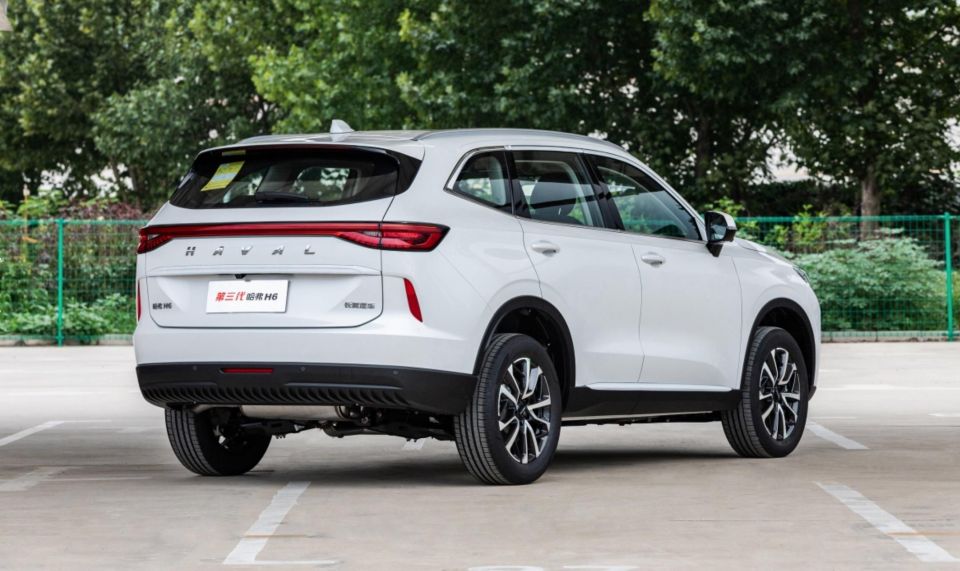
This platform will also underpin the next-generation Haval H2, due here in the second half of this year.
It sports a pretty contemporary design penned by a team reporting to the company’s global design boss Phil Simmons, who among other projects led the design of the Range Rover Velar in his old role at Jaguar Land Rover.
Inside, there’s a larger, 12.3-inch touchscreen infotainment system, a 10.25-inch digital instrument cluster, and a head-up display.
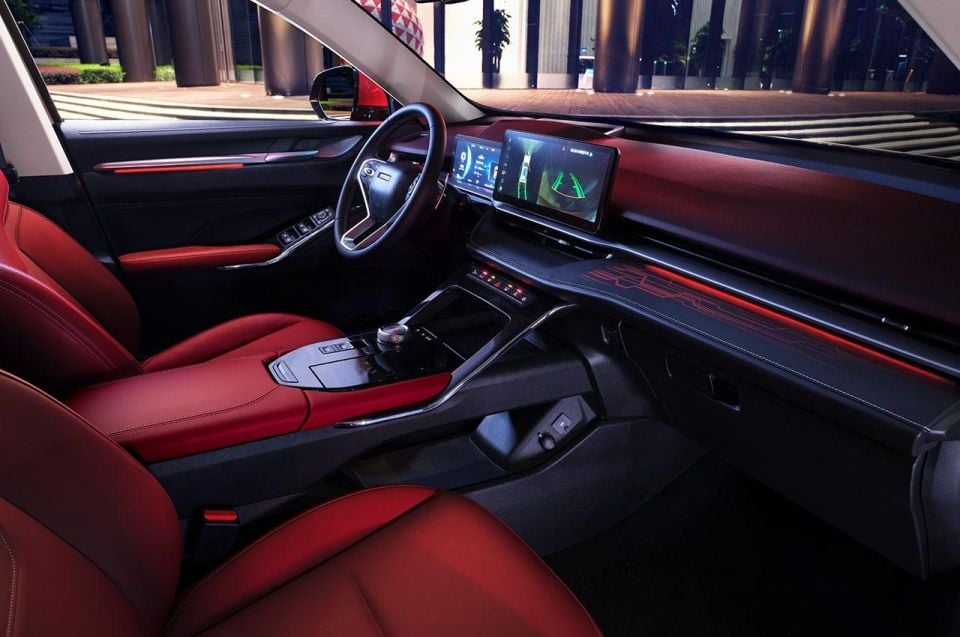
The list of driver assist and safety features has also grown, with autonomous emergency braking now available along with adaptive cruise control, semi-autonomous parking assist, and traffic sign recognition.
Haval also says the H6 now offers Level 2 autonomous driving technology.
The current car doesn’t offer any active safety or driver assist technology beyond blind-spot monitoring.
The company also claims fuel economy has been improved by 14.5 per cent.
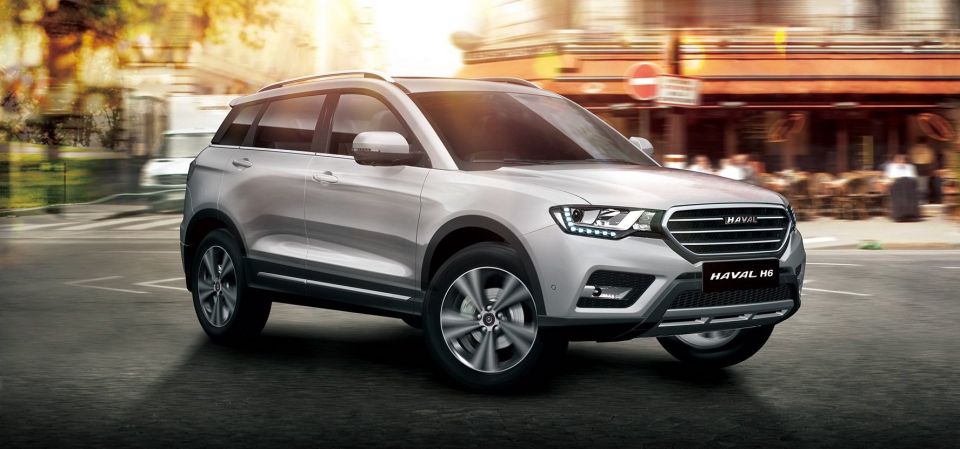
The current H6 is one of the thirstier options in its class, with combined fuel economy of 9.8L/100km.
In contrast, the Ford Escape and Volkswagen Tiguan 162TSI, which also use turbocharged 2.0-litre four-cylinder engines, use 8.6L/100km and 8.5L/100km, respectively.
Haval has continued to sell the current H2 and H6 despite newer models being introduced in China, including a second-generation H6.
The second-generation H6, however, continued to use the existing car’s platform, with Haval’s local arm effectively waiting until an all-new version was available.
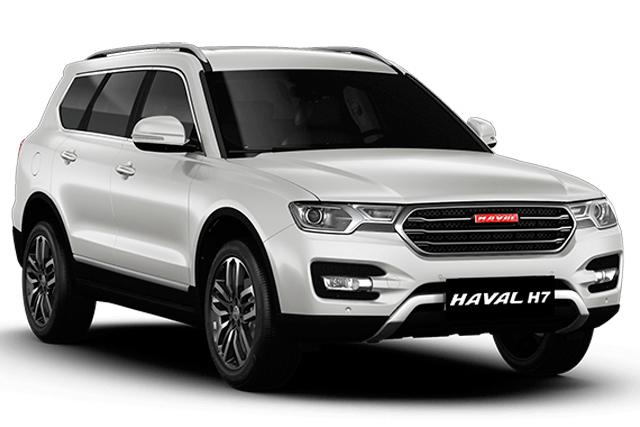
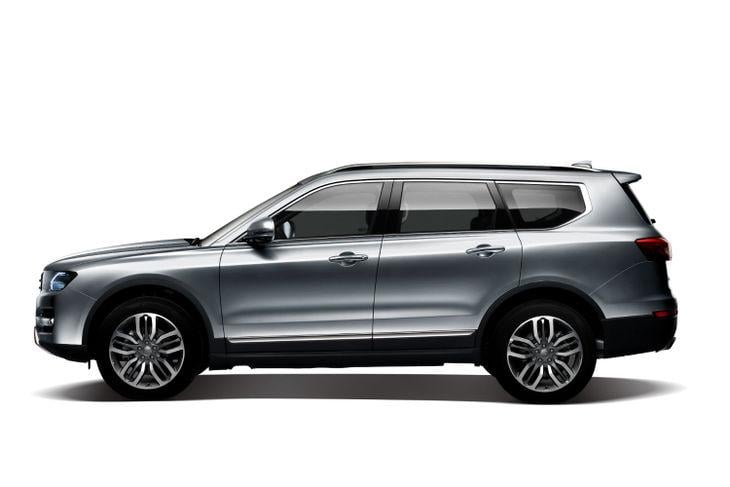
Haval also scrapped plans to bring the H7 here in 2018 despite having it locally certified and presenting it to local media.
A three-row crossover SUV, it would have given Haval’s local arm a seven-seater option smaller than the H9.
Plans to offer it were scuttled around the same time Haval pulled the plug on its slow-selling H8, a larger crossover that offered only two rows of seating.
Where expert car reviews meet expert car buying – CarExpert gives you trusted advice, personalised service and real savings on your next new car.
William Stopford is an automotive journalist with a passion for mainstream cars, automotive history and overseas auto markets.


CarExpert.com.au
3 Days Ago


Damion Smy
4 Days Ago


Damion Smy
4 Days Ago


Josh Nevett
4 Days Ago


Max Davies
5 Days Ago


Ben Zachariah
5 Days Ago